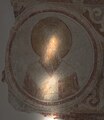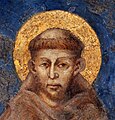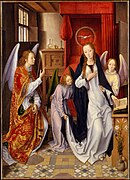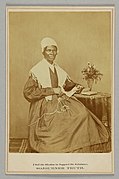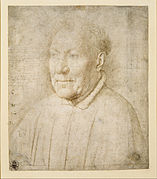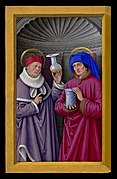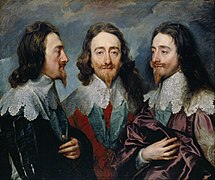|
THE SAINTS PORTAL
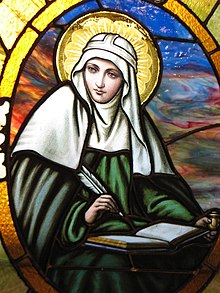 In Christian belief, a saint is a person who is recognized as having an exceptional degree of holiness, likeness, or closeness to God. However, the use of the term saint depends on the context and denomination. In Catholic, Eastern Orthodox, Anglican, Oriental Orthodox, and Lutheran doctrine, all of their faithful deceased in Heaven are considered to be saints, but some are considered worthy of greater honor or emulation. Official ecclesiastical recognition, and consequently a public cult of veneration, is conferred on some denominational saints through the process of canonization in the Catholic Church or glorification in the Eastern Orthodox Church after their approval. While the English word saint originated in Christianity, historians of religion tend to use the appellation "in a more general way to refer to the state of special holiness that many religions attribute to certain people", referring to the Jewish ḥasīd or tzadik, the Islamic walī, the Hindu rishi or Sikh Bhagat and guru, the Shintoist kami, the Taoist shengren, and the Buddhist arhat or bodhisattva also as saints. Depending on the religion, saints are recognized either by official ecclesiastical declaration, as in the Catholic faith, or by popular acclamation (see folk saint). (Full article...) Selected biography
Saint Maximus the Confessor (also known as Maximus the Theologian and Maximus of Constantinople) (c. 580 – 13 August 662) was a Christian monk, theologian, and scholar. In his early life, he was a civil servant, and an aide to the Byzantine Emperor Heraclius. However, he gave up this life in the political sphere to enter into the monastic life.
After moving to Carthage, Maximus studied several Neo-Platonist writers and became a prominent author. When one of his friends began espousing the Christological position known as Monothelitism, Maximus was drawn into the controversy, in which he supported the Chalcedonian position that Jesus had both a human and a divine will. Maximus is venerated in both Eastern Christianity and Western Christianity. His positions eventually resulted in exile, soon after which he died. Maximus is among those Christians who were venerated as saints shortly after their deaths. The vindication of Maximus' theological position at the Third Council of Constantinople made him extremely popular within a generation after his death, and his cause was aided by the accounts of miracles at his tomb. In Eastern Christianity, Maximus has always been influential. The Eastern theologians Simeon the New Theologian and Gregory Palamas are seen as intellectual heirs to Maximus. Further, a number of Maximus' works are included in the Greek Philokalia - a collection of some of the most influential Greek Christian writers. Did you know...
Selected saint days
General imagesThe following are images from various saint-related articles on Wikipedia.
CategoriesRelated portalsWikiProjects The Saints Wikiproject aims primarily at standardizing the articles about people venerated by some Christians as saints or the blessed and ensuring quality articles. If there is an interest in including saints from religions other than Christianity, please propose those changes on our talk page. Related topicsSaints: Saint Michael - Saint Gabriel - Virgin Mary - Saint Joseph - Saint John the Baptist - Saint Stephen - Saint Peter - Saint Paul - Saint Augustine of Hippo  Traditions: Calendar of saints - Hagiography - List of saints - Symbology of the Saints Theology: Communion of Saints - Intercession of saints - Martyrs - Patron saint Roman Catholicism: Congregation for the Causes of Saints - Servant of God - Venerable - Beatification - Canonization Muslim Sufi saints: 'Abd al-Qadir al-Jilani - Ahmad al-Rifa'i - Ibrahim al-Disuqi - Ahmad al-Badawi - Al-Shadhili - Baha' al-Din Naqshband - Ibn 'Arabi - Wali Sanga Recognized content
Featured articlesGood articles
Featured pictures
Former featured pictures
Things to doAssociated WikimediaThe following Wikimedia Foundation sister projects provide more on this subject:
Discover Wikipedia using portals |







